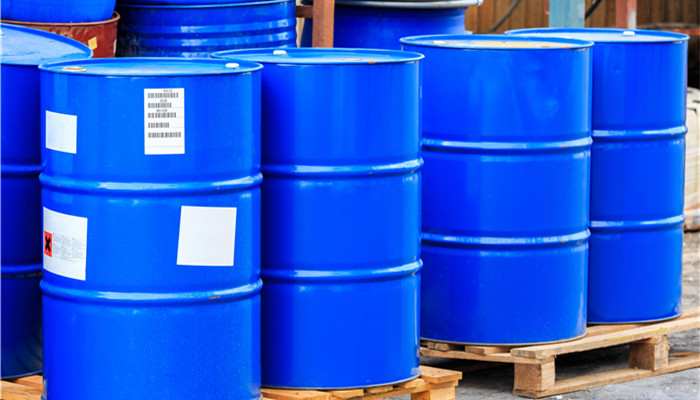
Polyvinyl carbazole (PVK) can be used as a photoconductive material. The Chinese market is dominated by small and medium-sized enterprises.
Polyvinylcarbazole (PVK), also known as poly(9-vinylcarbazole) and poly(N-vinylcarbazole), has a chemical formula of C42H33N3X2. It is a colorless, transparent or brown transparent amorphous thermoplastic resin. Polyvinyl carbazole is soluble in tetrahydrofuran, aromatic hydrocarbons and chlorinated hydrocarbons, but insoluble in ether, ethanol and aliphatic hydrocarbons. It is widely used in anti-corrosion materials, insulation materials, photoconductive materials and other fields.
The main raw material for the synthesis of polyvinylcarbazole is N-vinylcarbazole, which is a nitrogen-containing aromatic heterocyclic compound. The main preparation methods of N-vinylcarbazole include acetylene direct reaction method, carbazole potassium salt direct reaction method, dehydrochlorination method and ethylene oxide method. The preparation process of N-vinylcarbazole is complex and the technical barriers to the industry are high. Chinese companies mainly produce mid- to low-end products, while high-end products are highly dependent on imports, which brings certain challenges to the development of the industry.
According to the “2023-2028 China Polyvinyl Carbazole (PVK) Industry Market In-depth Research and Development Prospects Forecast Report>> shows that polyvinyl carbazole has excellent performance and its main demand is in the fields of anti-corrosion materials, insulation materials and light-conducting materials. In the field of anti-corrosion materials, polyvinyl carbazole has the advantages of high temperature resistance and acid resistance, and can be used as building anti-corrosion materials instead of asbestos boards and mica boards. In the field of insulation materials, polyvinyl carbazole can be used as insulation for wires, cables, and electrical switches. Materials; In the field of photoconductive materials, polyvinyl carbazole has extremely strong hole transport capabilities and is a typical photoconductor that can be used to produce polymer light-emitting diodes (PLEDs).
In recent years, Chinese companies have continued to increase research on the application of polyvinyl carbazole in the field of photoconductive materials and have made many new developments. Using polyvinyl carbazole and trinitrofluorenone sensitizer as raw materials, a high-sensitivity photoconductive material can be prepared by mixing the two, which can be used in the field of photoplastic video recording. In the future, with in-depth research and technological progress, the development prospects of the polyvinyl carbazole industry will continue to improve.
The global polyvinyl carbazole market is mainly concentrated in Europe, the United States, Japan and other countries. Due to factors such as high technical barriers and high production costs, my country’s polyvinyl carbazole market share is low, and the market is dominated by small and medium-sized enterprises. Chengdu Huaxia Chemical Reagent Co., Ltd., West Asia Chemical Technology (Shandong) Co., Ltd., Shanghai McLean Biochemical Technology Co., Ltd., Hubei Hengjingrui Chemical Co., Ltd., etc. are the main players in my country’s polyvinyl carbazole market.
Industry analysts said that polyvinyl carbazole has good chemical stability, good thermal stability, good water resistance and film-forming properties. It has the characteristics of good performance and excellent insulation performance, and has broad application prospects in many fields. However, currently, due to factors such as high technical barriers, the penetration rate of my country’s polyvinyl carbazole market is low. In the future, as research intensity increases and the level of technological innovation improves, the prosperity of my country’s polyvinyl carbazole industry will further increase.

 微信扫一扫打赏
微信扫一扫打赏

